Nursery Transplanter
A Nursery Transplanter is a critical tool for modern agriculture, allowing for faster, more efficient transplanting of seedlings, reducing labor costs, and promoting healthier plant growth. By providing consistent planting depth and spacing, these tools improve crop uniformity, resulting in better yields and more manageable fields.
Whether used for small-scale gardens or large commercial farms, transplanters are an essential investment for improving agricultural productivity.
Description
A Nursery Transplanter is widely used in both small and large-scale farming for transplanting crops such as vegetables, flowers, and some tree seedlings. This tool or machine helps improve productivity by reducing labour, enhancing the survival rate of plants, and promoting uniform growth.
Detailed Explanation of a Nursery Transplanter
Components and Working Mechanism:
The design of a nursery transplanter varies depending on the type, but generally, they share the following components:
- Seedling Hopper/Tray Holder: A place where seedlings are held in trays before they are transplanted.
- Planting Arms/Fingers: These are mechanisms that pick up the seedlings from the tray and insert them into the soil. In automatic transplanters, these arms work in synchronization with the motion of the tractor to plant seedlings at regular intervals.
- Furrow Opener: A part of the transplanter that creates a small trench or hole in the soil where the seedling will be placed.
- Pressing Wheels: After planting, pressing wheels close the hole or trench, ensuring the soil covers the roots of the seedling and secures it in place.
Advantages of Using a Nursery Transplanter:
- Increased Efficiency: A nursery transplanter greatly reduces the time needed to transplant seedlings compared to manual methods. It allows for quicker establishment of large fields with uniform planting.
- Labor Savings: Mechanized transplanters reduce the amount of manual labor required.
- Improved Plant Health: Transplanters minimize root disturbance when moving seedlings, which is critical for plant health. Minimal root disturbance reduces transplant shock, allowing seedlings to recover faster and grow stronger.
- Uniform Growth: Consistency in planting depth and spacing leads to more uniform growth across the field. This uniformity is essential for managing irrigation, fertilization, and pest control efficiently. It also ensures that plants grow at similar rates, improving harvesting efficiency.
Challenges and Considerations:
- Soil Conditions: Some transplanters may not work efficiently in rocky or very compacted soils.
- Crop-Specific Adjustments: Some crops require specific adjustments in planting depth, spacing, or handling techniques to ensure the transplanter works effectively. Farmers need to be familiar with how to make these adjustments for optimal results.
- Maintenance: Like any farm machinery, nursery transplanters require regular maintenance to ensure smooth operation. This includes checking for wear on the planting arms, furrow openers, and other mechanical parts.

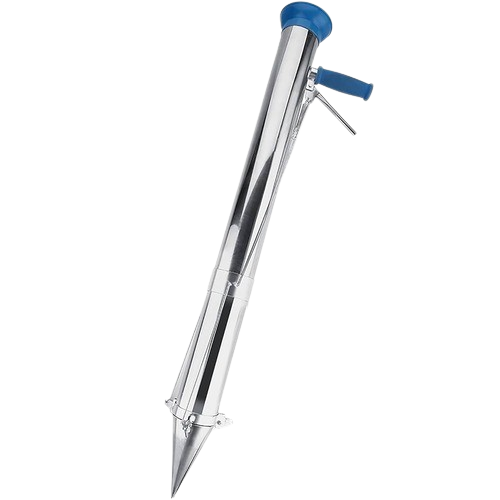
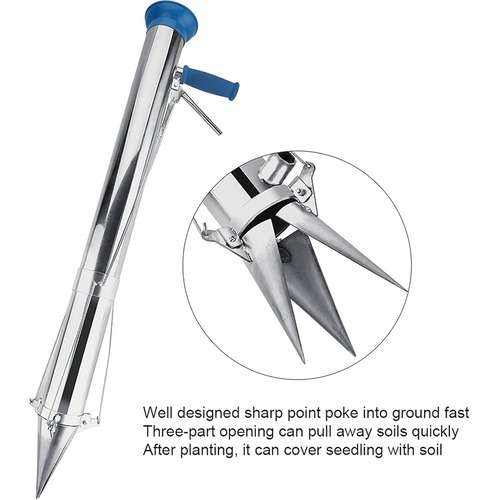


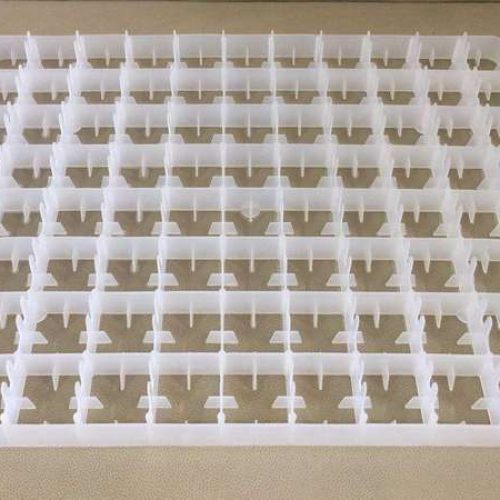
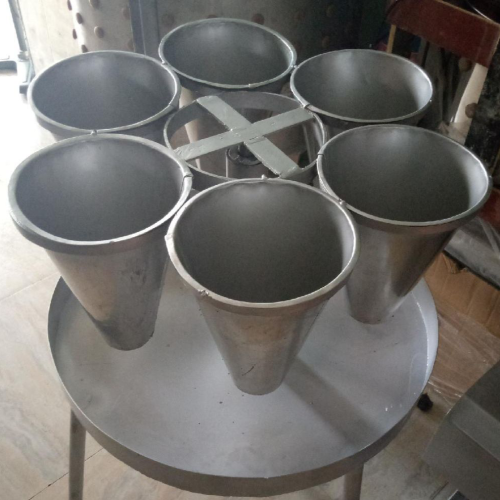
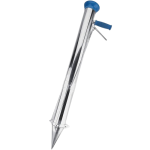
Reviews
There are no reviews yet